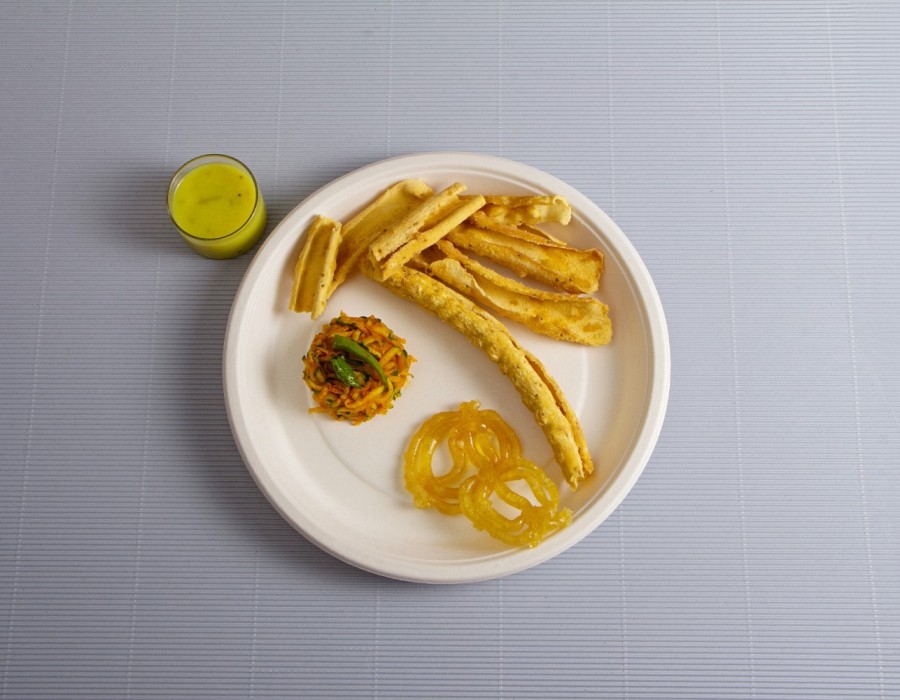Introduction
In the battle against environmental degradation, finding sustainable alternatives to everyday products is crucial. Traditional tableware, often made from plastic, Styrofoam, or even paper, contributes significantly to pollution and waste. Bagasse plates, made from the fibrous residue left after extracting juice from sugarcane, present a superior, eco-friendly option. This blog explores the environmental advantages of bagasse plates over traditional tableware.
Biodegradability and Compostability
One of the most significant environmental benefits of bagasse plates is their biodegradability. Unlike plastic and Styrofoam, which can take centuries to decompose, bagasse plates break down naturally within a few months. This rapid decomposition reduces landfill waste and helps prevent soil and water pollution. Moreover, bagasse plates are compostable, meaning they can be turned into nutrient-rich compost that enhances soil health and supports plant growth, closing the loop in the lifecycle of the product.
Reduced Resource Consumption
The production of bagasse plates utilizes a byproduct of the sugarcane industry that would otherwise be discarded or burned, contributing to air pollution. By repurposing this agricultural waste, the production of bagasse plates reduces the need for new raw materials, conserving natural resources. In contrast, the manufacturing of plastic plates relies on petroleum, a finite and environmentally harmful resource, while paper plates require significant amounts of water and trees.
Lower Carbon Footprint
Bagasse plates have a lower carbon footprint compared to traditional tableware. The production process for bagasse plates is energy-efficient and emits fewer greenhouse gases than the production of plastic and Styrofoam products. Additionally, since sugarcane is a renewable resource that absorbs carbon dioxide during its growth, the overall carbon footprint of bagasse plates is further reduced. This makes them a more climate-friendly option for environmentally conscious consumers and businesses.
Minimizing Plastic Pollution
Plastic pollution is a critical environmental issue, with millions of tons of plastic waste ending up in oceans and harming marine life. By switching to bagasse plates, we can significantly reduce the amount of plastic waste generated. Bagasse plates provide a sustainable alternative that decomposes naturally without leaving harmful residues. This shift can help protect marine ecosystems and reduce the burden of plastic pollution on the planet.
Supporting Sustainable Agriculture
The use of bagasse plates supports sustainable agricultural practices. By creating a valuable product from sugarcane waste, farmers have an additional income stream and an incentive to adopt more sustainable practices. This can lead to better land management, reduced burning of agricultural residues, and a more sustainable agricultural system overall. Supporting products like bagasse plates encourages the development of sustainable industries and contributes to a greener economy.
Conclusion: Embracing Bagasse Plates for a Greener Future
Bagasse plates offer numerous environmental advantages over traditional tableware. Their biodegradability, reduced resource consumption, lower carbon footprint, and role in minimizing plastic pollution make them an ideal choice for eco-conscious individuals and businesses. By embracing bagasse plates, we can significantly reduce our environmental impact and move towards a more sustainable future. As consumers and industries continue to prioritize sustainability, bagasse plates are set to play a crucial role in promoting a healthier planet.





Comments